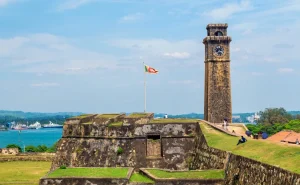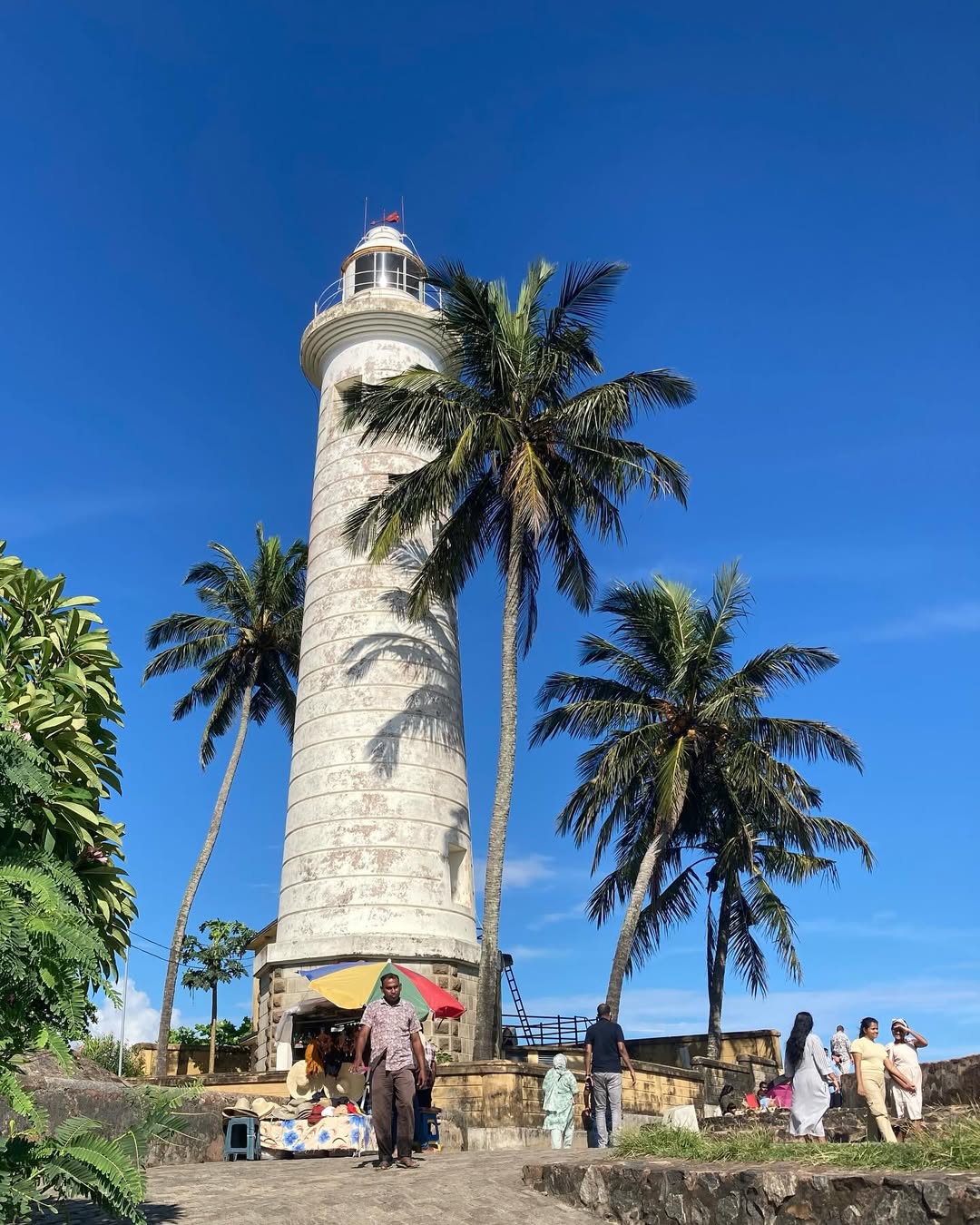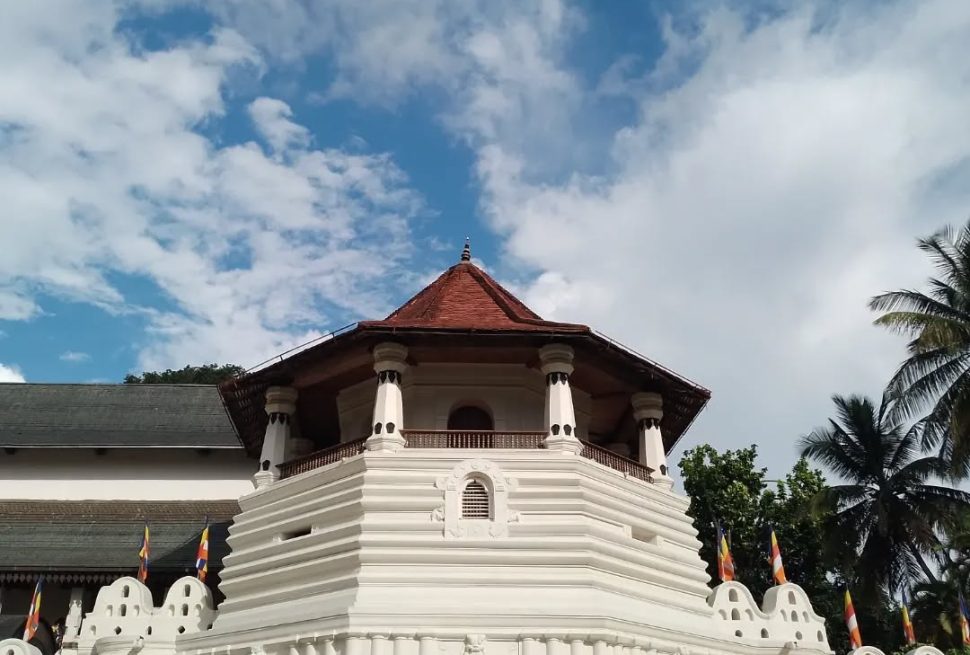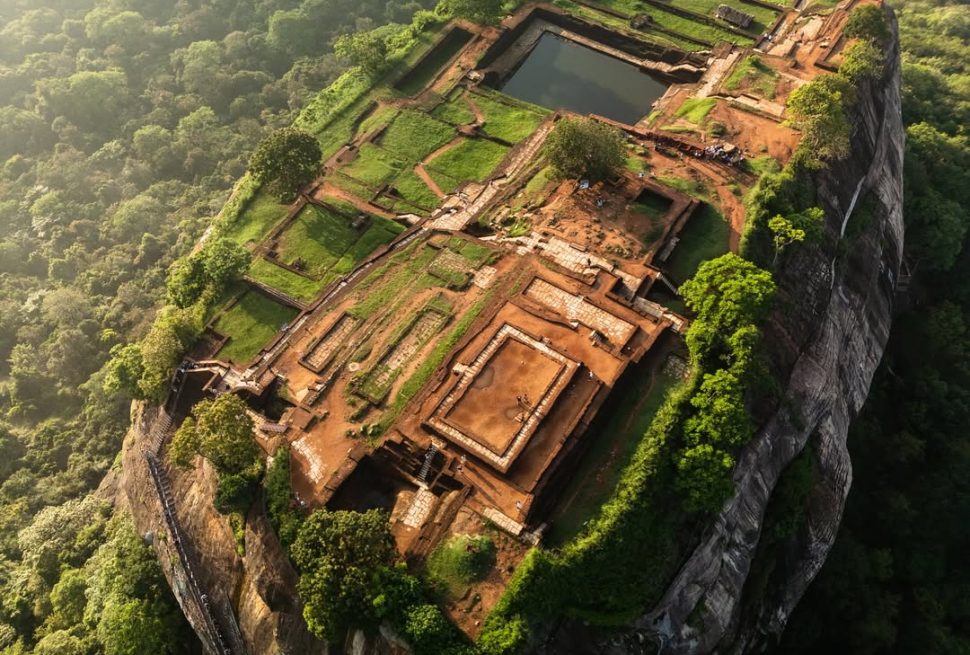the southwestern coast of Sri Lanka, Galle Fort is a captivating blend of old-world charm and modern vibrancy. More than just a fortress, this UNESCO World Heritage Site is a living, breathing city where a rich tapestry of history, culture, and stunning natural beauty awaits every traveler. Step inside its imposing stone walls and prepare to be transported to a bygone era.
A Journey Through Time: History of Galle Fort

The story of Galle is a tale of trade, conquest, and resilience. Its history as a bustling port dates back over two millennia, with mentions in ancient Greek and Arab texts. However, it was the arrival of European colonial powers that truly shaped the fort we see today.
- The Portuguese Era (16th Century): The first Europeans to land in Sri Lanka were the Portuguese in 1505. They established a small fort, known as “Santa Cruz,” laying the groundwork for the future fortification.
- The Dutch Masterpiece (17th Century): In 1640, the Dutch captured Galle from the Portuguese and undertook a massive expansion, transforming it into the formidable fortress it is today. The Dutch East India Company (VOC) made Galle its main trading hub, and the fort became a key center for the lucrative spice trade, particularly cinnamon. The impressive ramparts, bastions, and a meticulously planned grid of streets are testaments to their architectural and military prowess.
- British Influence (18th Century Onwards): The British took control in 1796, but rather than rebuilding, they preserved the Dutch character of the fort, adding their own colonial touches like the iconic clock tower and a new main gate.
The preservation of Galle Fort is remarkable, having survived centuries of change and even the devastating 2004 tsunami, which the sturdy walls largely protected. Today, it stands as one of the best-preserved European forts in all of Asia.
Unforgettable Experiences: Things to Do in Galle Fort
A visit to Galle Fort is an adventure for all the senses. From leisurely strolls to delving into history, here are some must-do activities:
1. Walk the Fort Walls
The most rewarding way to experience Galle Fort is to walk along its ancient ramparts. This leisurely stroll, especially at sunrise or sunset, offers breathtaking panoramic views of the Indian Ocean, the charming terracotta rooftops of the city, and the famous Galle International Cricket Stadium. It’s a fantastic way to get a feel for the fort’s layout and soak in the atmosphere.
2. Discover the Iconic Galle Lighthouse
Standing tall and white against the backdrop of palm trees and the azure sea, the Galle Lighthouse is one of the most photographed landmarks in Sri Lanka. While the current structure was rebuilt in 1939, it’s a beacon of maritime history and a perfect spot for that quintessential Sri Lankan photo.
3. Explore Historic Buildings and Museums
The fort is a treasure trove of colonial architecture. Be sure to visit:
- Dutch Reformed Church (Groote Kerk): Built in 1755, this serene church is a beautiful example of colonial architecture. Its floor is paved with gravestones of former Dutch settlers, offering a fascinating glimpse into the past.
- Old Dutch Hospital: Once a bustling hospital, this beautifully restored building now houses a collection of trendy cafes, restaurants, and shops, making it a vibrant hub for dining and entertainment.
- Galle National Museum: Located in the fort’s oldest Dutch building, this museum showcases a diverse collection of artifacts detailing the region’s rich history, from ancient trade routes to colonial-era relics.
4. Shop and Dine on Pedlar Street
Lose yourself in the narrow, cobblestone lanes, particularly Pedlar Street. Here you’ll find a delightful array of boutique shops selling everything from handcrafted souvenirs and unique art to beautiful gems and designer clothing. The fort also boasts a fantastic culinary scene, with cozy cafes and restaurants serving up delicious local and international cuisine.
5. Witness the Famous “Fort Jumpers”
Head to Flag Rock Bastion at sunset and you might be treated to a thrilling spectacle: local boys diving fearlessly into the sea from the ramparts. It’s an adrenaline-fueled tradition that draws a crowd and adds to the fort’s lively character.
Practical Tips for Your Visit
- Wear Comfortable Shoes: The cobblestone streets and ramparts are best explored on foot.
- Timing is Everything: Visit in the early morning or late afternoon to avoid the midday heat.
- Best Time to Visit: The dry season, from December to April, is ideal for exploring and enjoying the sunny weather.
- No Entry Fee: There is no fee to enter Galle Fort itself, though individual attractions like museums may have a small charge.
Galle Fort is more than a destination; it’s an experience that leaves a lasting impression. It’s a place where history whispers from every wall, and the gentle ocean breeze carries a story of a truly remarkable coastal jewel.







